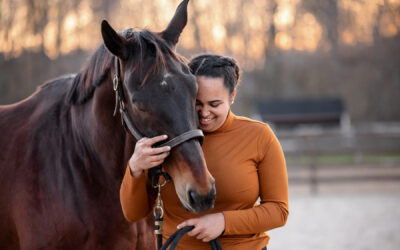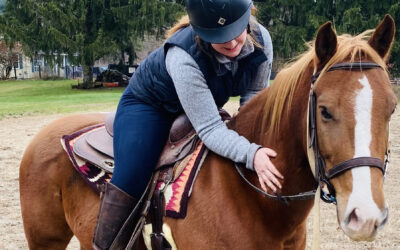Blog
It Starts With Adoption
In the last fifteen years, the United States has seen monumental change on the issue of dog and cat homelessness. Shelter euthanasia has decreased dramatically from 4-6 million deaths annually in 2007 to approximately 1 million deaths in 2017. This was accomplished through widespread collaborative work in communities throughout the country that included targeted and cohesive adoption marketing, widespread spay/neuter efforts, massive educational efforts and attracting the attention of the public. For those of us working to transform outcomes for millions of pets, it was an incredible feeling of accomplishment when we realized that everything we had piloted, innovated and implemented actually worked. There is still work to be done in the dog and cat welfare world; but there is no denying the lifesaving success the welfare industry is experiencing.
One of the major components of the dog and cat welfare success was changing the public perception of shelter dogs and cats. When I was a little girl walking the kennels at the dog pound in 1985, I believe I was in the minority of people that saw such beauty in the sad eyes of the dogs and cats I met each day. I knew that someday, I wanted to be a part of changing their inevitable fates. Today, over 25% of the population sees their beauty and chooses to adopt from a shelter when adding a dog or cat to their family. Those increased adoptions coupled with widespread population control have resulted in massively reduced shelter deaths across the country.
Sadly, the same cannot be said for horses. We have not seen the same dramatic improvements in horse welfare. We believe that 10,000 or fewer horses were adopted from shelters nationwide in 2017. Considering there are 7 million horses in this country, the adoption numbers are not even a drop in the bucket for helping at-risk horses. Now imagine if 25% of horse owners chose to acquire their new horse from a shelter…now suddenly we no longer have an issue of “unwanted” horses and homelessness. So how do we get there?
Our friends at the ASPCA published a study in 2017 indicating that there are 2.3 million adults in 1.2 million households out there willing and able to adopt a horse. So where is the disconnect? Clearly, we have a marketing issue on our hands. Why aren’t we reaching these people? These are the questions we need to be asking ourselves. How do we convince the horse-loving public to come and give us a shot? The way the dog and cat shelters started moving more animals into homes was through adoption marketing, self-assessment and identifying unintentional barriers to adoptions. We believe here at The Right Horse that we can apply some of the same principles from the dog and cat welfare space.
First, we must convince the potential horse adopters to walk through the barn door. We can do this by positive and professional marketing of trained and healthy horses. The majority of potential horse adopters want a horse for a specific purpose. They also want a horse that is sound and healthy, so they can use them successfully for whatever that specific purpose may be. When potential adopters go to adoption websites what do they see? Are they greeted with a warm welcome and images of desirable horses and an open attitude? Or do they come to the website and see starved horses and cruelty seizures? Are they bombarded with pages of adoptions policies and rules regarding adoption? Do they see signs of multiple hurdles and lots of hard work ahead of them just to give a horse a home? We believe that unknowingly some adoption groups deter potential adopters by the messaging on their websites or social media.
The public faces of our websites are just the beginning of true self-assessment to ensure we are capturing the imagination of potential adopters. In the next several articles, we will discuss various ways to “up your game” in attracting potential adopters, educating potential adopters and then turning them into adopters. A few key topics are meaningful language, lowering barriers to adoption, and the roles that collaboration and innovation play in increasing adoption. We look forward to examining these topics together with our partners and our supporters to change the stigma of adoptable horses.


